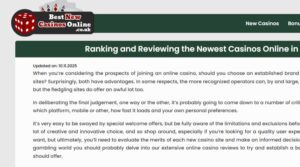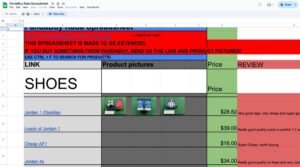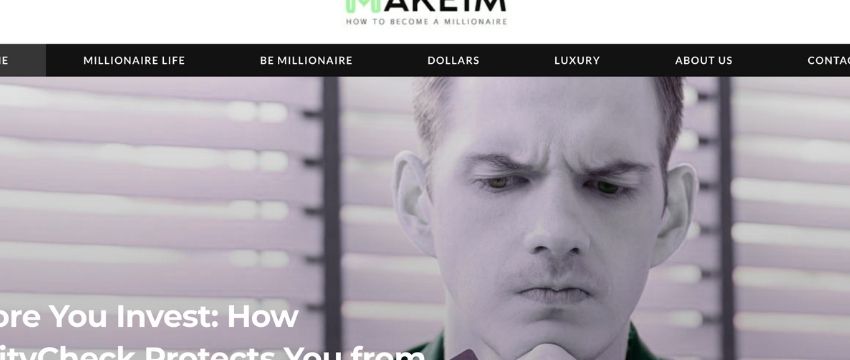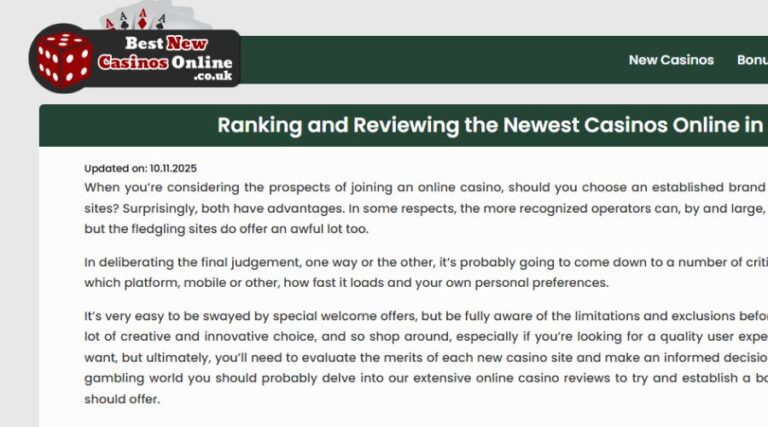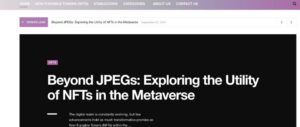An investigation into Make1M.com’s business model, membership structure, and MLM characteristics. Understand the promises. the risks. and the reality behind the pitch to build your first million dollars.
Trust score snapshot
ScamAdviser score. 17/100. very low. Advisory. “The website may be a scam. exercise extreme caution.”
Platform overview
Make1M.com positions itself as a financial education and wealth-building hub for people aiming to reach a first million dollars. It sells memberships that include educational resources. investment tools. and community elements.
The marketing blends wealth strategies with luxury lifestyle aspirations. This differentiates the pitch. yet it also raises questions about substance vs image. Reports suggest the business model leans toward recruitment and tiered access. which are common in MLM structures.
Core features
The “Wealth Blueprint” system
A five-step path. goal setting. investment basics. side-income creation. tracking. and reinvestment. Claimed results such as “up to 40%” asset growth in 18 months remain unverified.
- Define goals with timelines
- Learn fundamentals across asset classes
- Create additional income streams
- Track with in-platform tools
- Reinvest for compounding
“Luxury Asset Stacking”
Pitch of fractional exposure to high-end assets as members progress. Legitimacy and valuation mechanics are unclear. transparency is limited.
Financial analysis tools
Budget planners. calculators. portfolio helpers. and dashboards. Useful in theory. effectiveness depends on data quality and user discipline.
Education and community
Courses. mentorship. webinars. interviews. and forums across affiliate marketing. e-commerce. investing. real estate. and crypto. Access scales with membership tiers.
MLM and pyramid scheme concerns
Structural red flags
User reports describe personal recruitment. assigned mentors. and pressure to bring others into the program. Quoted experience. “Everything about it seems like a pyramid scheme. I don’t pay upfront. they take 6% after I earn at least $100k.”
Textbook indicators
- Recruitment emphasized over product value
- Income dependent on building a downline
- Affiliate commissions prioritized, education secondary
- Quotas and tier thresholds linked to earnings
Regulatory context
FTC guidance expects earnings to come mainly from bona fide product sales to retail customers. Heavy recruitment and downline-based earnings resemble pyramid dynamics.
Trust and legitimacy assessment
ScamAdviser analysis
- Trust score. 17/100
- Owner details hidden
- Low traffic and weak reputation signals
- High-risk financial and crypto categories detected
- Technical instability reported. error 503 at times
Pricing transparency issues
Vague membership costs
Entry near $99 is cited by users. higher tiers lack clear public disclosure. making total cost hard to evaluate.
Layered ongoing expenses
- Monthly maintenance fees
- Required purchases to stay active
- Paid coaching and upsells
- Event or webinar fees
- Advertising spend to recruit
Threshold complexity
Commissions tied to activity quotas. members risk reduced earnings if they fail to meet monthly targets.
Income claims and marketing
Unrealistic framing
Large gains in short periods are highlighted without context on risk. time. or required inputs. Disclaimers appear insufficient.
FTC compliance concerns
Endorsements should reflect typical results or include clear qualifiers. Presentations look exceptional rather than typical.
Make1M vs legitimate platforms
| Χαρακτηριστικό | Make1M | Legitimate platforms | Difference |
|---|---|---|---|
| Recruitment emphasis | Υψηλό | Χαμηλό | Income tied to downline vs product value |
| Commission structure | Tiered by recruitment | Flat or performance on service value | Pyramid-like incentives appear |
| Income transparency | Vague | Published disclosures | Limited visibility at Make1M |
| Trust score | Very low | Υψηλό | Large credibility gap |
| Membership tiers | Escalating | Clear and flat | Hidden total cost risk |
| Educational focus | Secondary | Primary | Misaligned priorities |
User experience and complaints
Community feedback patterns
- Recruitment pressure and downline dependency
- Vague explanations of how money is truly made
- Support delays and refund friction
- Onboarding gaps after payment
Educational value vs scheme indicators
Legitimate educational elements
- Basics of budgeting. investing. and debt management
- Tools and calculators
- Webinars and articles
Problematic structural elements
- Recruitment-linked earnings
- Tiered membership aligned to downline size
- Affiliate emphasis over direct value delivery
- Quotas for status and payout maintenance
Red flags summary
- Very low third-party trust score
- Anonymous ownership details
- Recruitment first. education second
- Unverified testimonials and claims
- Layered ongoing costs and quotas
- Technical instability reports
- Refund complaints
- Weak disclosures vs FTC expectations
Who should avoid this platform
- Risk-averse users seeking clear disclosures
- People unwilling to recruit friends or family
- Anyone without budget for upsells and ads
- Users wanting regulated. transparent guidance
- People looking for passive income without recruitment
Practical recommendation
Status. high concern. The structure and signals align more with MLM economics than with straightforward education. Prefer platforms with transparent pricing. public leadership. and no recruitment dependency.
- Affiliate programs from established retailers or networks
- Reputable education. Investopedia. Coursera. Khan Academy
- Regulated brokerages. Vanguard. Fidelity. Schwab
- Fee-only fiduciary advisors
Bottom line
Make1M.com mixes real educational content with a recruitment-heavy revenue model. The trust score is poor. ownership is opaque. testimonials are unverified. and users report pressure to recruit. For most readers. avoidance is the prudent choice in favor of transparent and regulated alternatives.
